Why a goat?
Since I posted once again about the Gävle Christmas goat earlier this week, I’ve had a few people ask me why a Christmas goat exists as a tradition in Sweden in the first place.
I had the same question my first Christmas in Sweden. My husband bought a straw goat to sit by the tree. I believe I was told something about gnomes under the floorboards and goats either beating children or guarding the presents. I chose to believe they were guarding the presents from the gnomes or something. However, our goat is currently in a losing battle guarding the tree from the cats.
But anyway, I decided to look this up and here are some of the theories from Wikipedia:
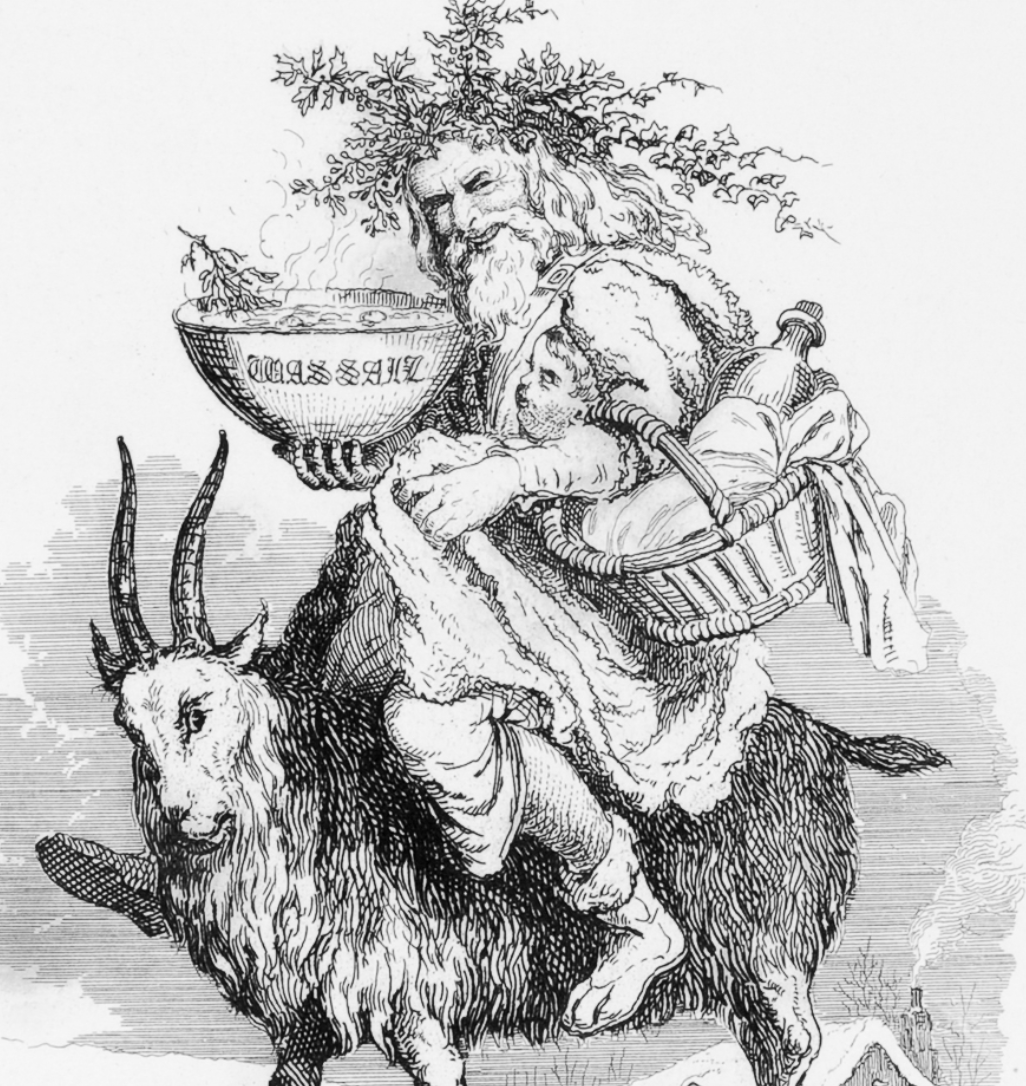
“The Yule goat’s origins go back to ancient Pagan festivals. This event clearly marks the Sun’s annual re-entry into the astrological sign of Capricornus, and a kid goat sacrifice was made in honour of the Norse god Njord or Saturn; the god of agriculture and plenitude who rules this particular sign. The ‘cornus’ element in Capricorn’s name refers to the cornucopia or ‘horn of plenty’ with its promise of a bountiful harvest to come. …. The last sheaf of grain bundled in the harvest was credited with magical properties as the spirit of the harvest and saved for the Yule celebrations, called among other things Yule goat.”
Ok, so the wheat and harvest thing is cleared up, but why a goat? Why not a pig? A sheep? A cow?
Next theory:
“This connects to ancient proto-Slavic beliefs where the (Yule) festival honors the god of the fertile sun and the harvest. This god, Devac (also known as Dazbog), was represented by a white goat, consequently the Koliada festivals always had a person dressed as a goat, often demanding offerings in the form of presents.”
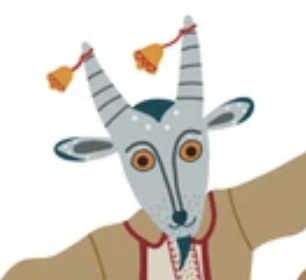
I still don’t get the goat connection. Harvest, yes. Goat no.
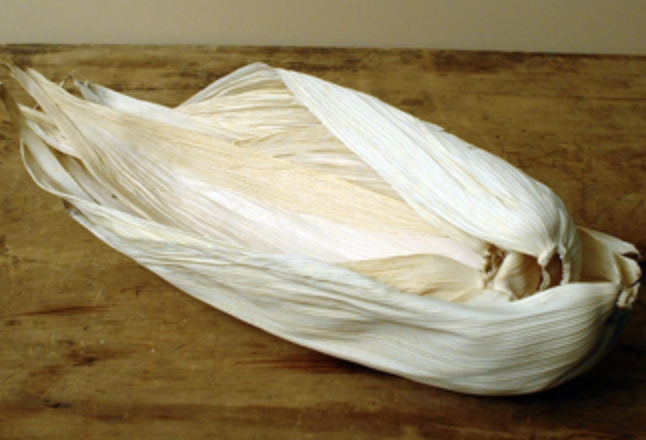
“Other traditions are possibly related to the sheaf of corn called the Yule goat. In Sweden, people regarded the Yule goat as an invisible spirit that would appear some time before Christmas to make sure that the Yule preparations were done right. Objects made out of straw or roughly-hewn wood could also be called the Yule goat, and in older Scandinavian society a popular Christmas prank was to place this Yule goat in a neighbour’s house without them noticing; the family successfully pranked had to get rid of it in the same way.”
Questions. Why would the sheaf of corn be referred to as a goat? Was it shaped like a goat? Why not the Yule worm? Also, why would an invisible goat spirit want to criticise your Christmas decorations? I think it’s more likely people of this time were smoking that corn sheaf with some questionable substances inside.
The function of the Yule goat has differed throughout the ages. In a Scandinavian custom similar to the English tradition of wassailing, …. young men in costumes would walk between houses singing songs, enacting plays and performing pranks. This tradition is known from the 17th century and still continues in certain areas. The group of Christmas characters would often include the Yule goat, a rowdy and sometimes scary creature demanding gifts.
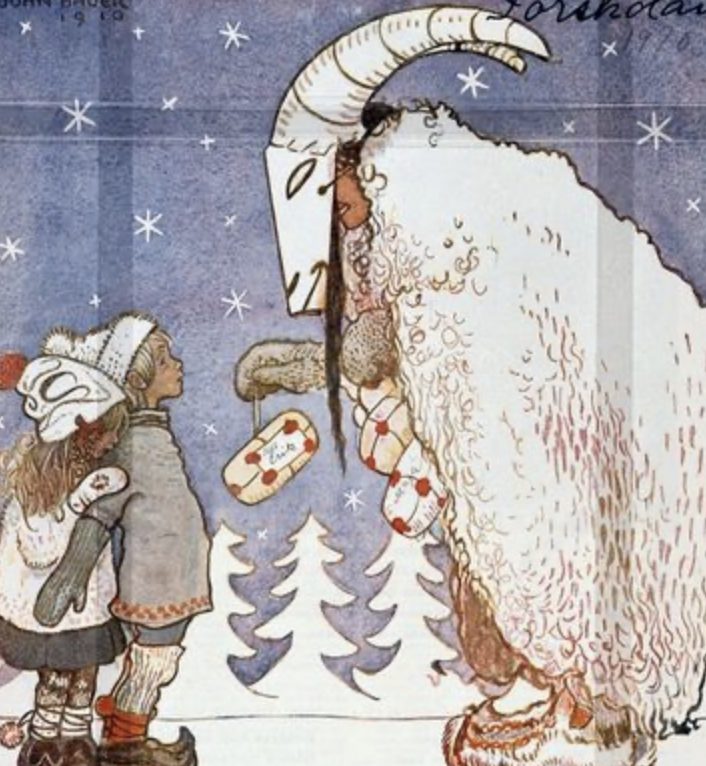
So, a bunch of guys drunk off Christmas wine and beer dressing up as goats and demanding gifts. Because that’s what goats do, they demand gifts (when they aren’t criticising your decorating tastes).
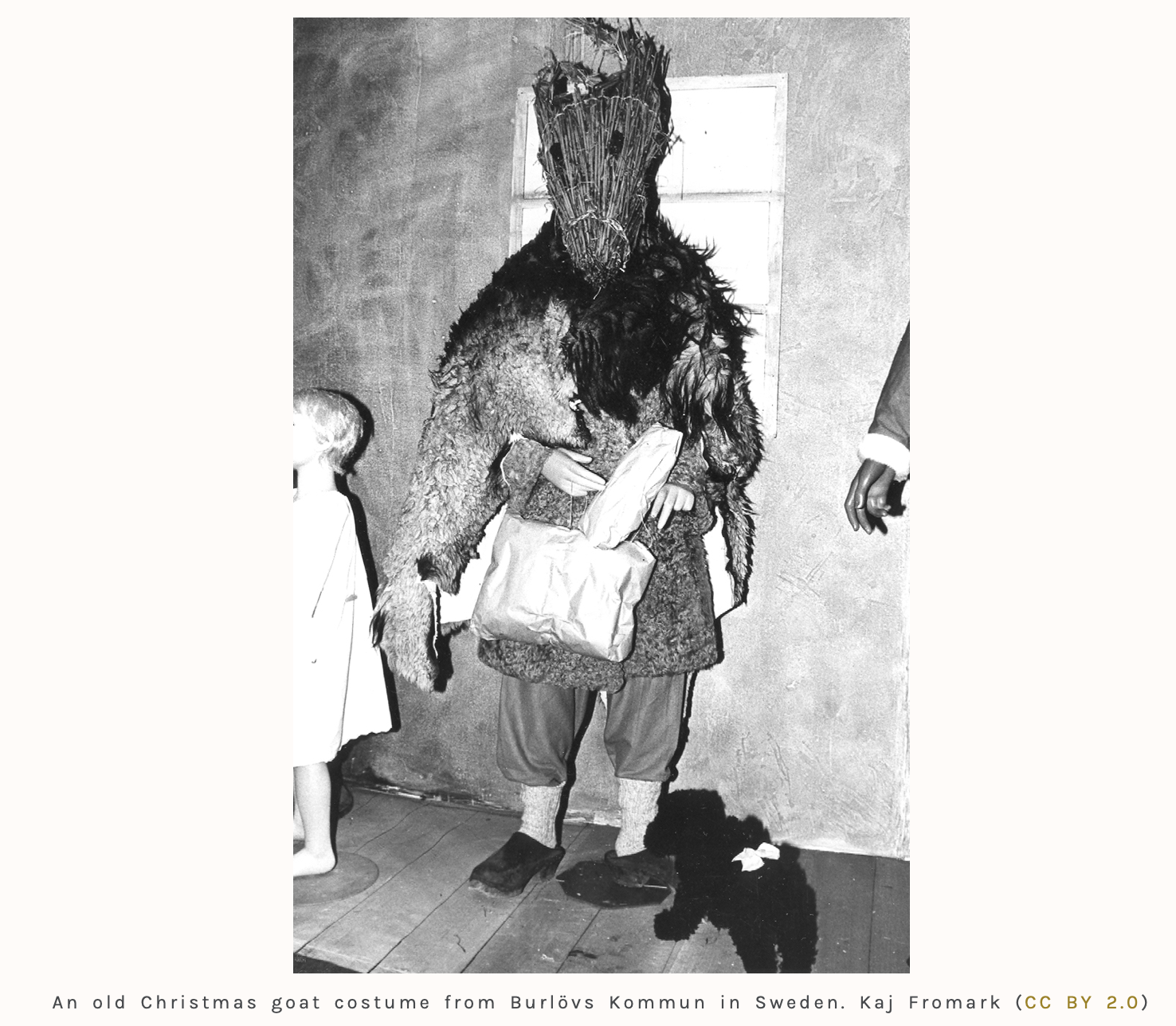
During the 19th century the Yule goat’s role all over Scandinavia shifted towards becoming the Christmas gift-bringer, with one of the men in the family dressing up as the Yule goat. In this, there might be a relation to Santa Claus and the Yule goat’s origin in the medieval celebrations of Saint Nicholas.The goat was then replaced by the jultomte or julenisse during the second half of the 19th century and early 20th century, although he is still called the Joulupukki (Yule goat) in Finland, and the tradition of the man-sized goat disappeared.
Santa goat is coming to town! Also, enjoy this “nightmare fuel” photo of a goat man delivering Christmas gifts above. Courtesy of Folklore Thursday
Well this answered nothing for me except for how much people get bored and drunk. Next time I go on a Christmas animal rant, I will talk about the Christmas pig.